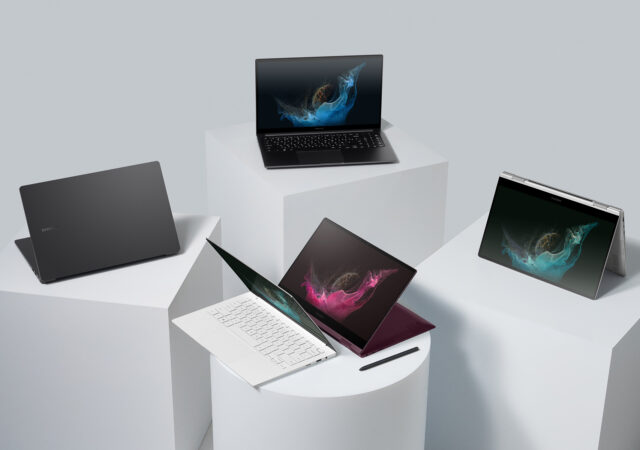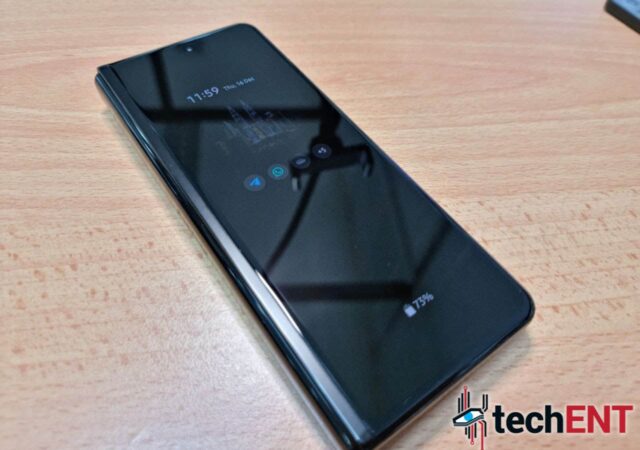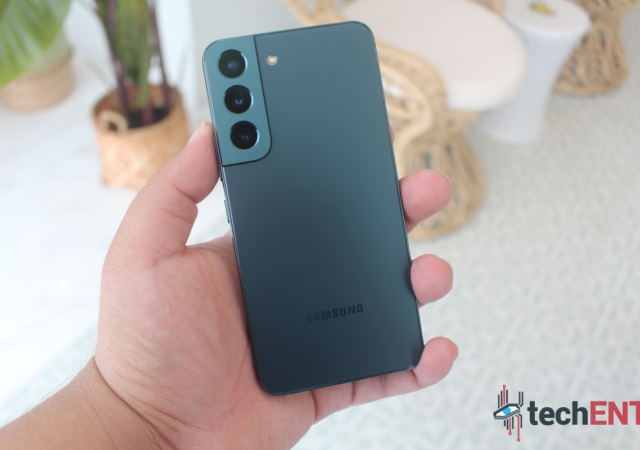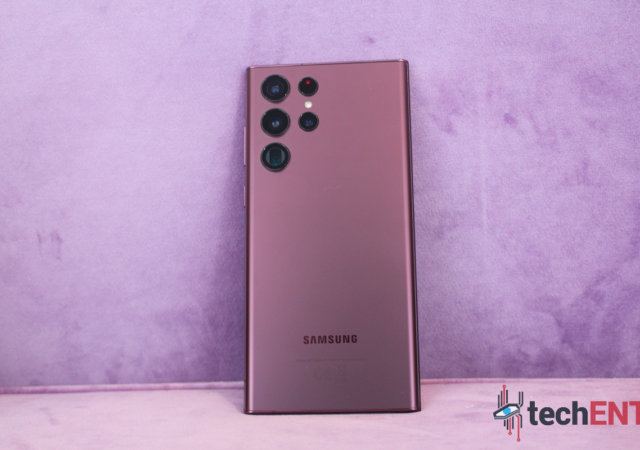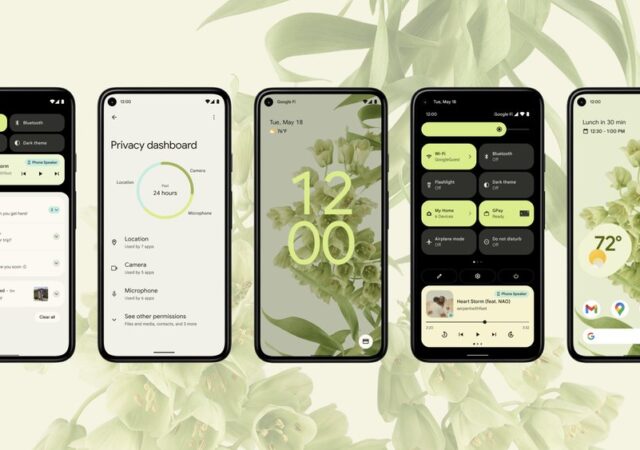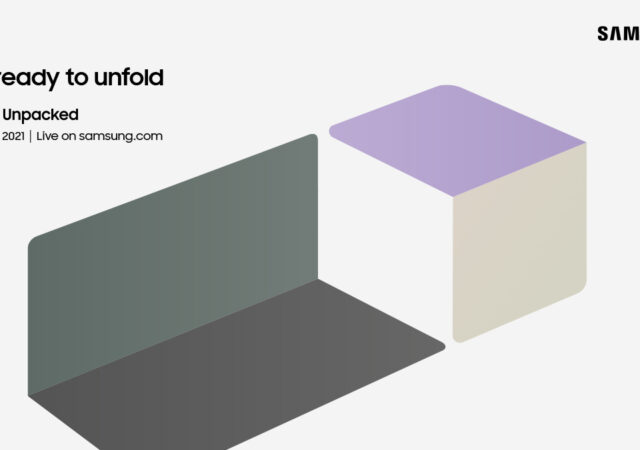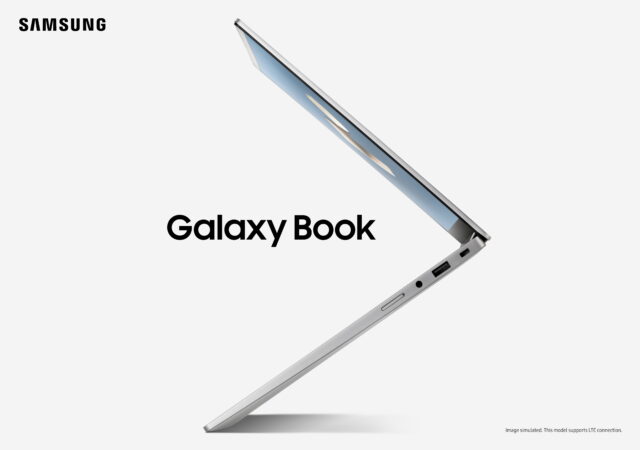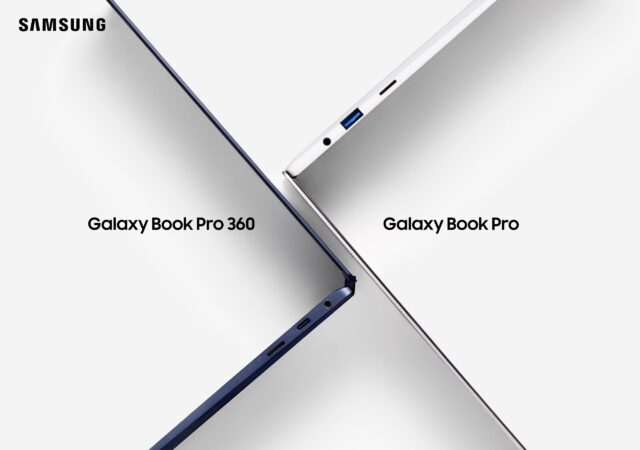Samsung announced their next generation Galaxy Book2 Pro with 12th generation Intel Core processors and One UI Book 4 in tow.
Samsung Galaxy Z Fold3 In-Depth Review – Back in Black
Samsung Galaxy Z Fold3 launched late last year. The foldable is still today’s most powerful foldable smartphone. Is it worth MYR 6,699?
Fresh Off the Unpacked 2022 Boat, and On to Another – Samsung is Back for MWC 2022
Samsung is making another major announcement on the stage of MWC 2022 on the 27th of February 2022. What could it be?
Samsung Announces Four Generations of Update Support – Time to Buy a Galaxy?
Samsung announces that they will be supporting upgrades of their smartphones for up to four generations in their Unpacked 2022 event.
The Galaxy Note Series is Back as the Samsung Galaxy S22 Ultra
Samsung brings back the Galaxy Note in the new Galaxy S22 Ultra complete with an updated S Pen and killer 108-megapixel camera.
Android 12 Based One UI 4.0 is Coming to Samsung Galaxy S21 Devices Near You
Samsung is starting to roll out their Android 12 based One UI 4.0 on the Samsung Galaxy S21 devices with more to follow in the coming months.
Samsung’s Galaxy Unpacked 2021 Event is Happening Tonight! What is Unfolding?
Samsung’s Galaxy Unpacked 2021 event is happening tonight. Here is what you can expect out of the August Unpacked Event tonight.
Samsung’s new Foldable Smartphones Launching in Galaxy Unpacked Event on August 11th
Samsung has just confirmed that the next Unpacked event will happen on the 11th of August 2021. The new event visual teases foldable devices.
Samsung Launches the Samsung Galaxy Book at US$ 549
Samsung’s Galaxy name is not just stuck to smart home products and smartphones anymore with the most recent Galaxy Unpacked 2021 event (April). Now, you can find the Samsung Galaxy name on notebooks. To be fair, this is not the…
Samsung Unpacked Event Launches the Samsung Galaxy Book Pro and Galaxy Book Pro 360
Samsung launches their new notebook experience witht the Samsung Galaxy Book Pro and Galaxy Book Pro 360 notebook PCs at April Unpacked 2021.



